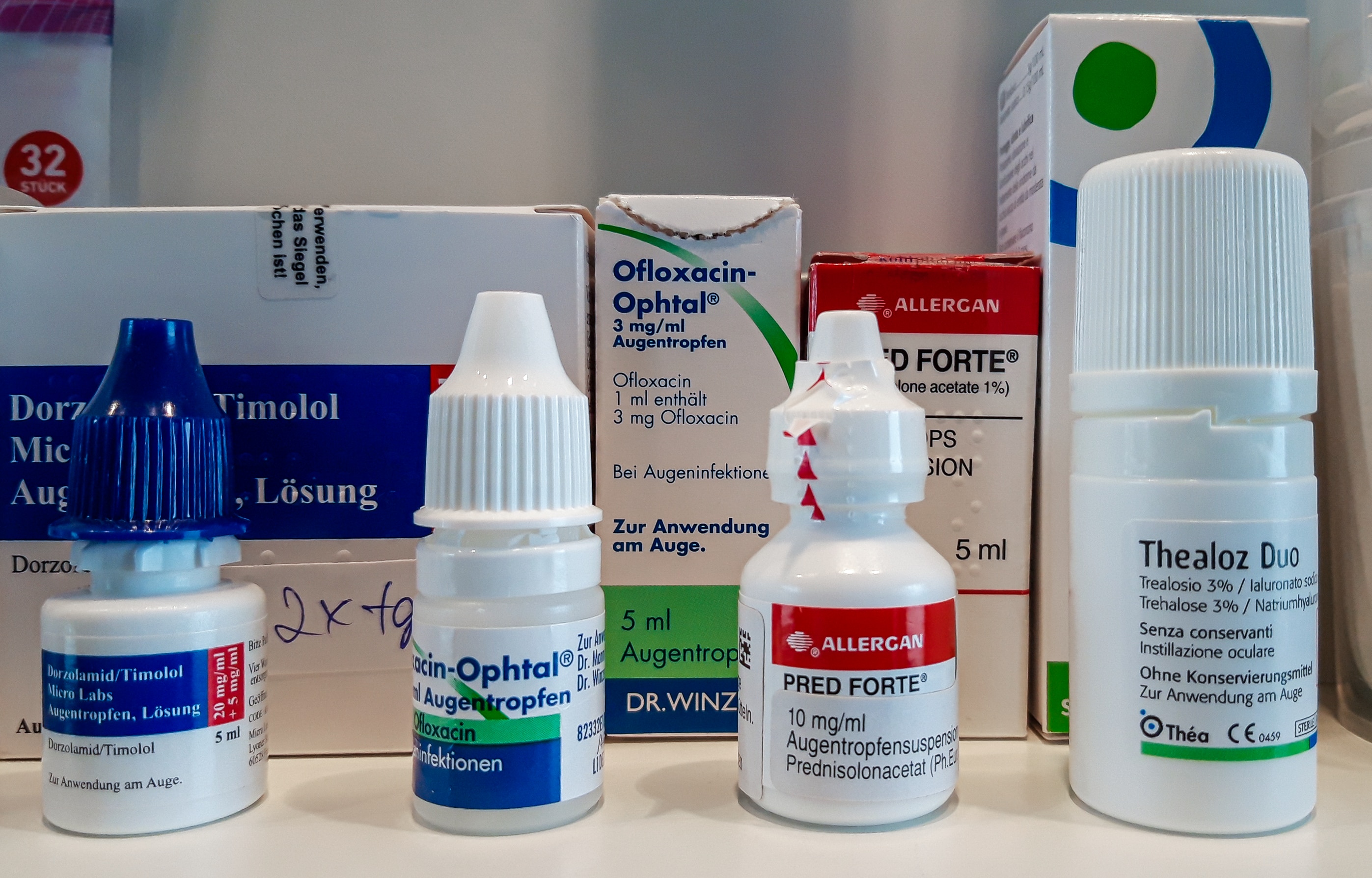| drug name | Prednisolone Topical |
| classification | Corticosteroid, Topical |
| pharmacokinetics | Prednisolone, when applied topically, is primarily absorbed by the skin. The systemic absorption is generally low, but can vary depending on the concentration, the area treated, and the duration of application. The extent of systemic absorption is minimal in healthy individuals with intact skin, but can be higher in skin lesions, skin with impaired barrier function, or in larger treatment areas. Metabolism occurs primarily in the liver, with excretion through the kidneys. Specific pharmacokinetic data may vary based on the formulation and specific product. |
| suggested dosage | Dosage is dependent on the specific condition and formulation. Consult the prescribing information for the particular product, as dosages can vary substantially depending on the strength and vehicle used. Topical corticosteroids are generally applied 1-2 times daily. Do not exceed the recommended dosage or application frequency without consulting a healthcare professional. |
| indications | Topical prednisolone is used to treat inflammatory and allergic skin conditions. Examples include: Contact dermatitis, atopic dermatitis, allergic reactions, skin rashes. The drug can reduce inflammation and itching associated with these conditions. |
| safety in pregnancy | Limited data available. Topical corticosteroids are generally considered relatively safe during pregnancy, but use should be carefully considered and ideally discussed with a healthcare professional who can weigh the potential benefits against possible risks to the developing fetus. Systemic absorption of topical corticosteroids during pregnancy is low, but should be avoided or used cautiously with close monitoring. |
| safety in breastfeeding | Limited data available. Topical corticosteroids, especially in low concentrations, are generally considered safe for breastfeeding mothers. However, systemic absorption can occur, so consult with your healthcare professional to discuss potential risks and benefits. |
| side effects | | 1 | Skin irritation | | 2 | Skin thinning | | 3 | Skin dryness | | 4 | Striae (stretch marks) | | 5 | Acne | | 6 | Telangiectasia (spider veins) | | 7 | Perioral dermatitis | | 8 | Oily skin | | 9 | Irritation or burning at the application site | | 10 | Systemic effects (if significant systemic absorption occurs): These can be similar to systemic glucocorticoids, including Cushing's syndrome features, immunosuppression, and adrenal suppression. |
|
| alternatives | |
| contraindications | | 1 | Known hypersensitivity or allergy to prednisolone or other corticosteroids | | 2 | Active skin infections (unrelated to the intended use) | | 3 | Use over large areas of skin, or prolonged use, without consulting a dermatologist. |
|
| interactions | Limited interactions are expected with topical use. However, concomitant use of other medications (particularly oral corticosteroids or immunosuppressants) may increase the risk of side effects. Consult with a healthcare professional. |
| warnings and precautions | | 1 | Avoid contact with eyes. | | 2 | Do not use over large areas of skin, or for prolonged periods, without consulting a healthcare professional. | | 3 | Monitor for signs of systemic effects, especially if applied extensively or over compromised skin. | | 4 | Apply a thin layer to the affected area only. | | 5 | Do not use bandages or occlusive dressings over applications unless advised by a healthcare professional | | 6 | Do not use on broken skin or wounds unless directed by a healthcare professional. |
|
| additional informations | Patient age and weight are generally not relevant to topical medication choices, but can influence the assessment of systemic absorption in specific cases. Individual patient conditions and risks should be considered. |
| patient specific notes | A 25-year-old male weighing 70 kg is considered a healthy adult. Systemic absorption of topical prednisolone is less likely to be a concern in this case, but this should not be the sole criterion to guide prescription. A healthcare professional should determine the appropriate use of this medication. |
| disclaimer | This information is for educational purposes only and should not be considered medical advice. Consult a healthcare professional for diagnosis and treatment of any medical condition. |
